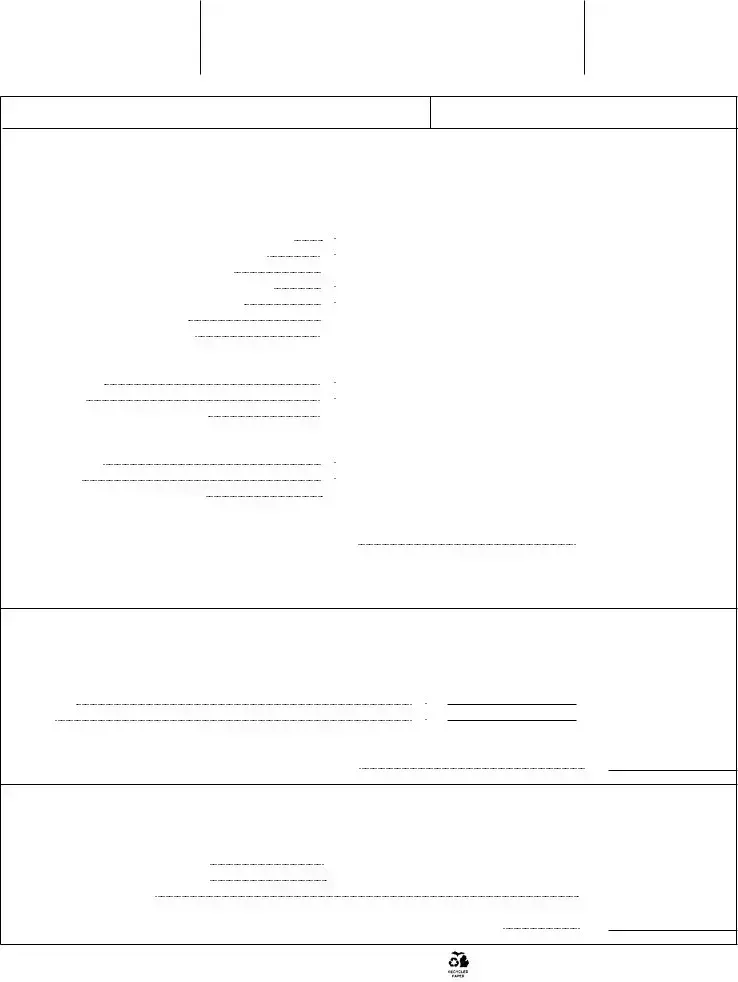The Michigan C 8000H form plays a crucial role in the state's tax system, specifically in determining the apportionment of the Single Business Tax. This form, issued under the authority of Public Act 228 of 1975, is designed for businesses operating in multiple states, helping them allocate their income and tax liability fairly among jurisdictions. It consists of several key sections that guide taxpayers through the computation of their apportionment percentage based on property, payroll, and sales factors. For instance, the form requires businesses to assess the average value of their Michigan property and payroll, as well as their total sales within the state. Each factor is weighted differently, with property and payroll contributing 10% each, while sales carry a significant weight of 80%. Additionally, the C 8000H includes specific instructions for businesses that may qualify for a special formula, as well as a section dedicated to capital acquisition apportionment, applicable to certain recaptures. Understanding this form is essential for compliance and accurate tax reporting in Michigan.
